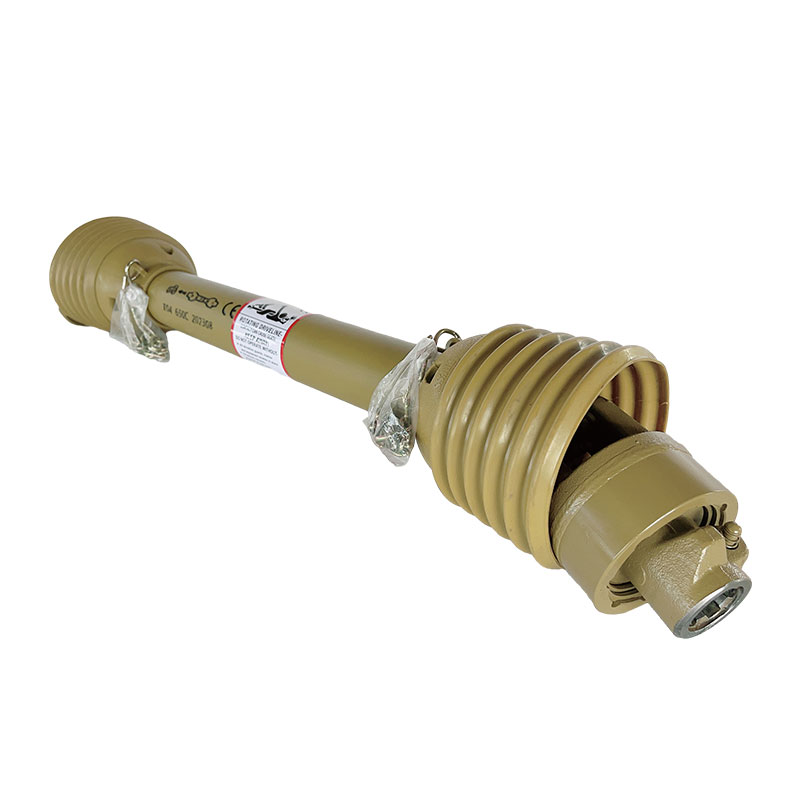Functions of a Powertrain Axle
2024-07-18
A powertrain axle, also known simply as an axle, is a critical component in a vehicle's drivetrain system responsible for transmitting power from the engine and transmission to the wheels. Here’s an overview of its functions, types, and key considerations:
Functions of a Powertrain Axle:
1. Power Transmission:
- Transfer of Torque: Axles transfer rotational force (torque) from the engine and transmission to the wheels, enabling vehicle movement.
2. Support and Suspension:
- Wheel Attachment: Axles support the vehicle’s weight and provide a mounting point for the wheels, bearings, and suspension components.
- Suspension Attachment: Some axles also integrate with suspension systems, providing stability and handling characteristics.
3. Drive Type:
- Front, Rear, or All-Wheel Drive: Axles vary based on the vehicle’s drivetrain configuration (front-wheel drive, rear-wheel drive, all-wheel drive, or four-wheel drive), influencing traction and handling.
Types of Powertrain Axles:
1. Live Axle:
- Solid Axle: Found in rear-wheel drive (RWD) and some four-wheel drive (4WD) vehicles where the axle shafts and differential are housed within a single axle tube.
- Beam Axle: Used in trucks and some older vehicles where a single beam axle connects both wheels on the same axle.
2. Independent Axle:
- Independent Suspension: Each wheel has its own axle, allowing for more precise handling and better ride quality, commonly found in front-wheel drive (FWD) and some all-wheel drive (AWD) vehicles.
Key Considerations:
- Load Capacity: Axles must support the vehicle’s weight and withstand forces generated during acceleration, braking, and cornering.
- Durability: Resistance to wear and fatigue due to continuous use and exposure to road conditions (e.g., potholes, bumps).
- Traction and Stability: Influence on vehicle traction, handling characteristics, and stability, especially in different driving conditions (e.g., off-road, slippery surfaces).
- Maintenance: Regular inspection and maintenance of axle shafts, bearings, seals, and lubrication to ensure optimal performance and longevity.
Components of a Powertrain Axle:
- Axle Shaft: Transfers torque from the differential to the wheels, connecting the differential to the wheel hub.
- Differential: Distributes torque to the wheels while allowing them to rotate at different speeds (e.g., during turns).
- Housing: Encases the axle shafts, differential gears, and bearings, providing structural support and protection.
Applications:
- Automotive Industry: Essential in cars, trucks, SUVs, and commercial vehicles for propulsion and stability.
- Off-Road Vehicles: Used in off-road and rugged terrain vehicles where durability and traction are crucial.
- Military and Heavy Equipment: Found in military vehicles and heavy-duty machinery requiring robust performance and load-bearing capabilities.
Powertrain axles are fundamental components in a vehicle’s drivetrain system, providing the necessary torque transmission and structural support for effective vehicle operation and control. Their design and configuration vary based on vehicle type, drivetrain layout, and intended use, influencing performance, handling, and overall driving experience.



